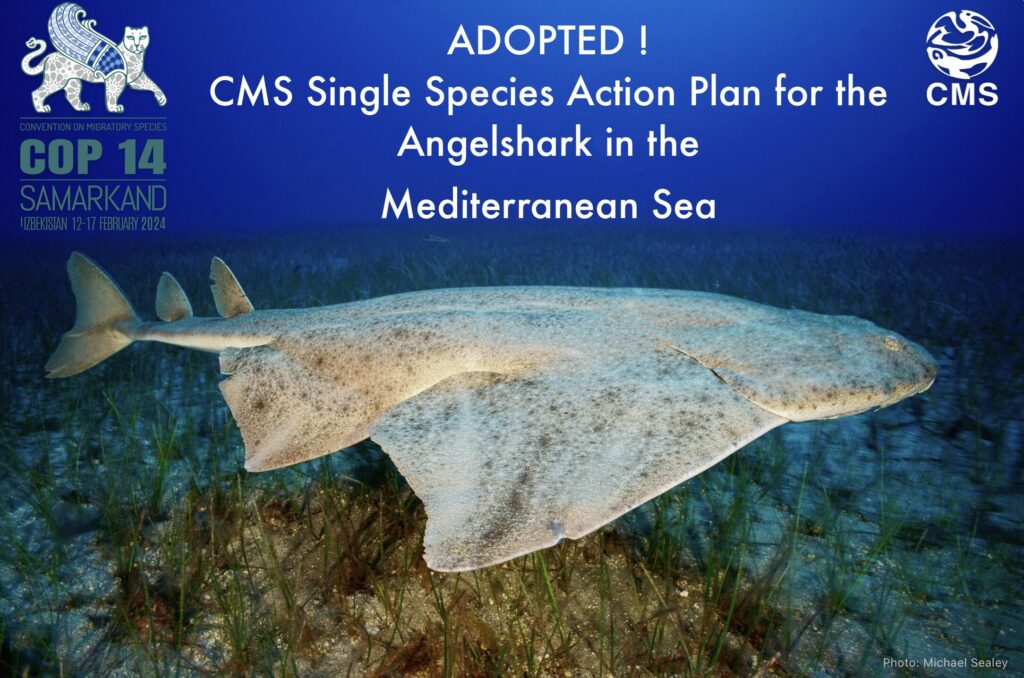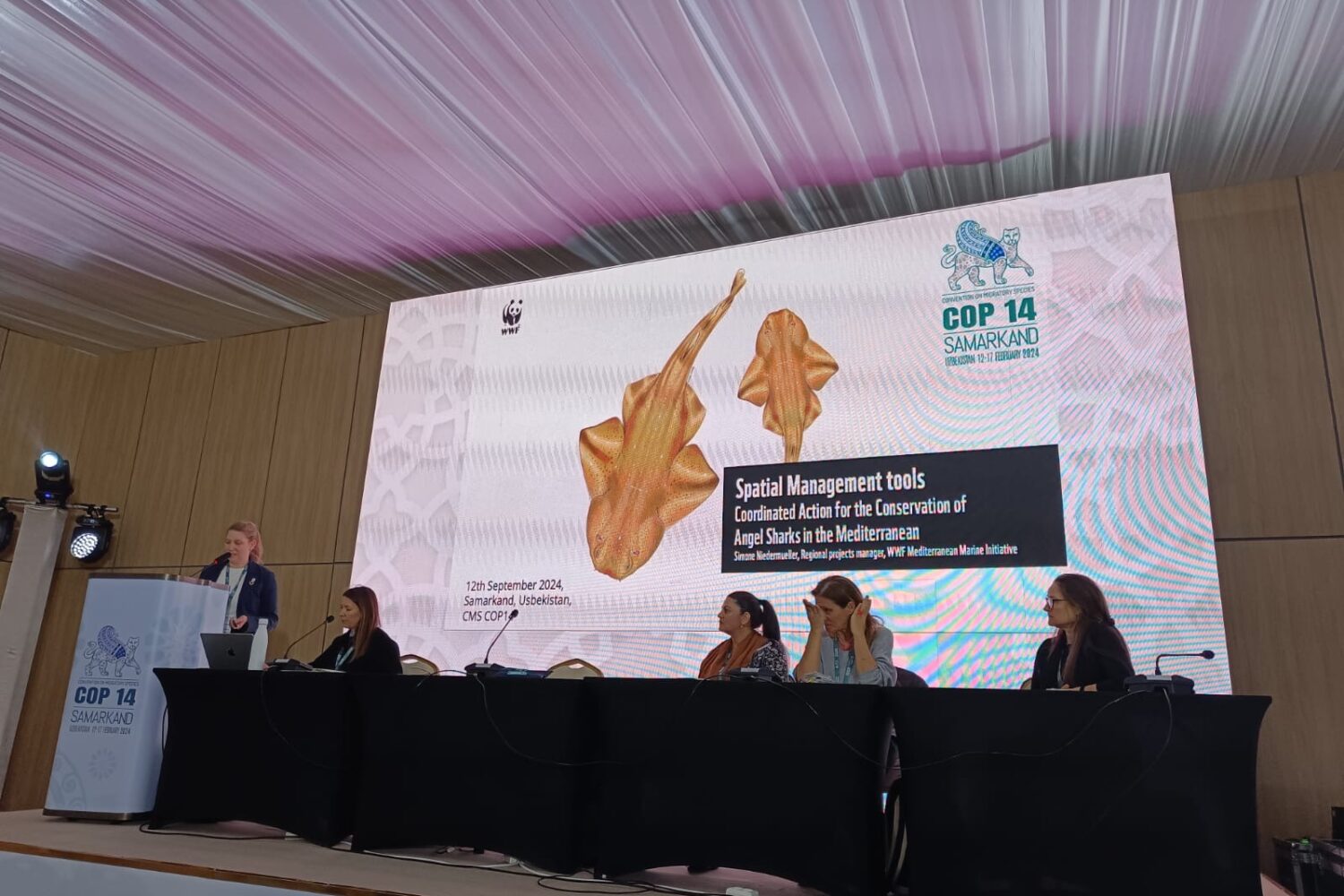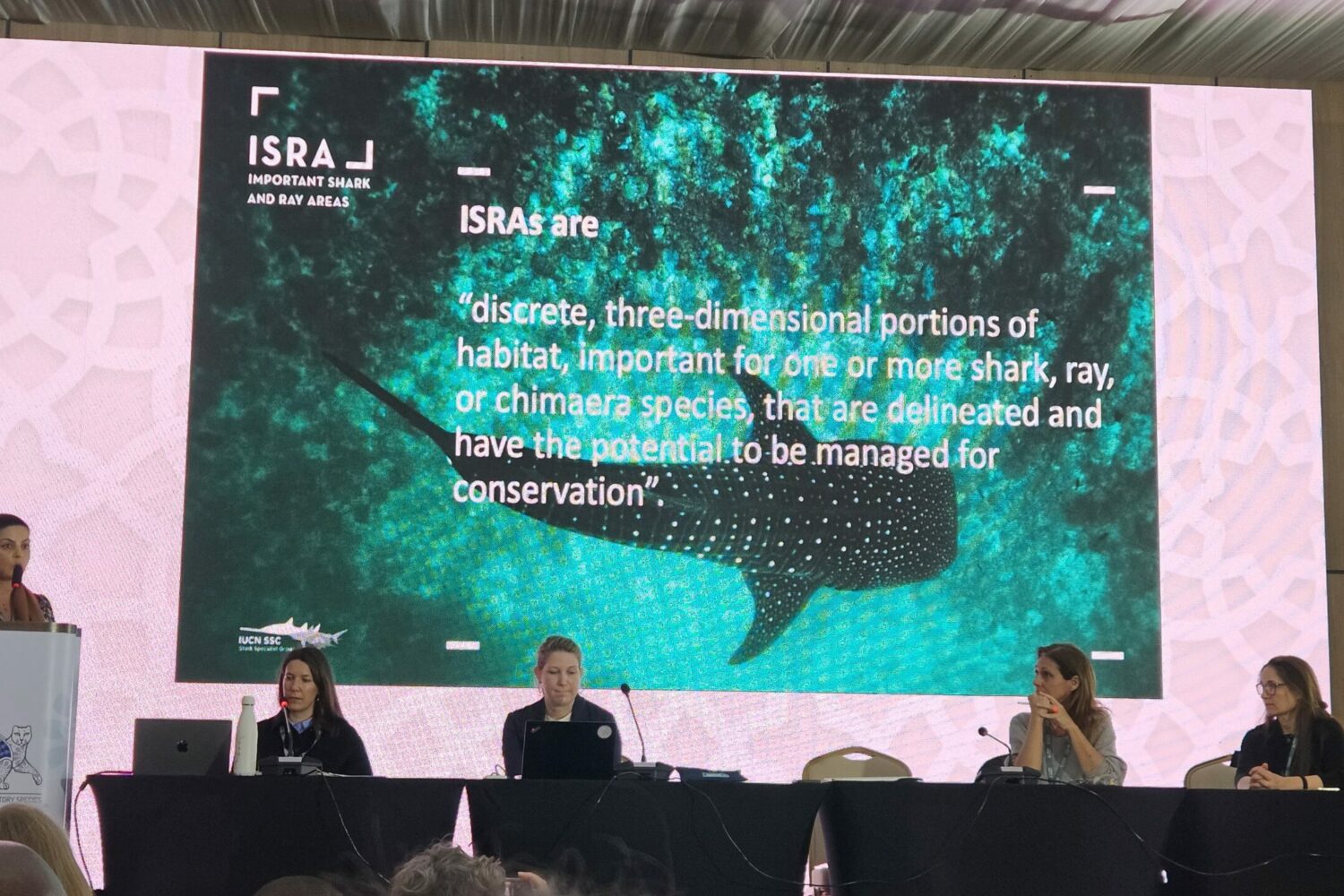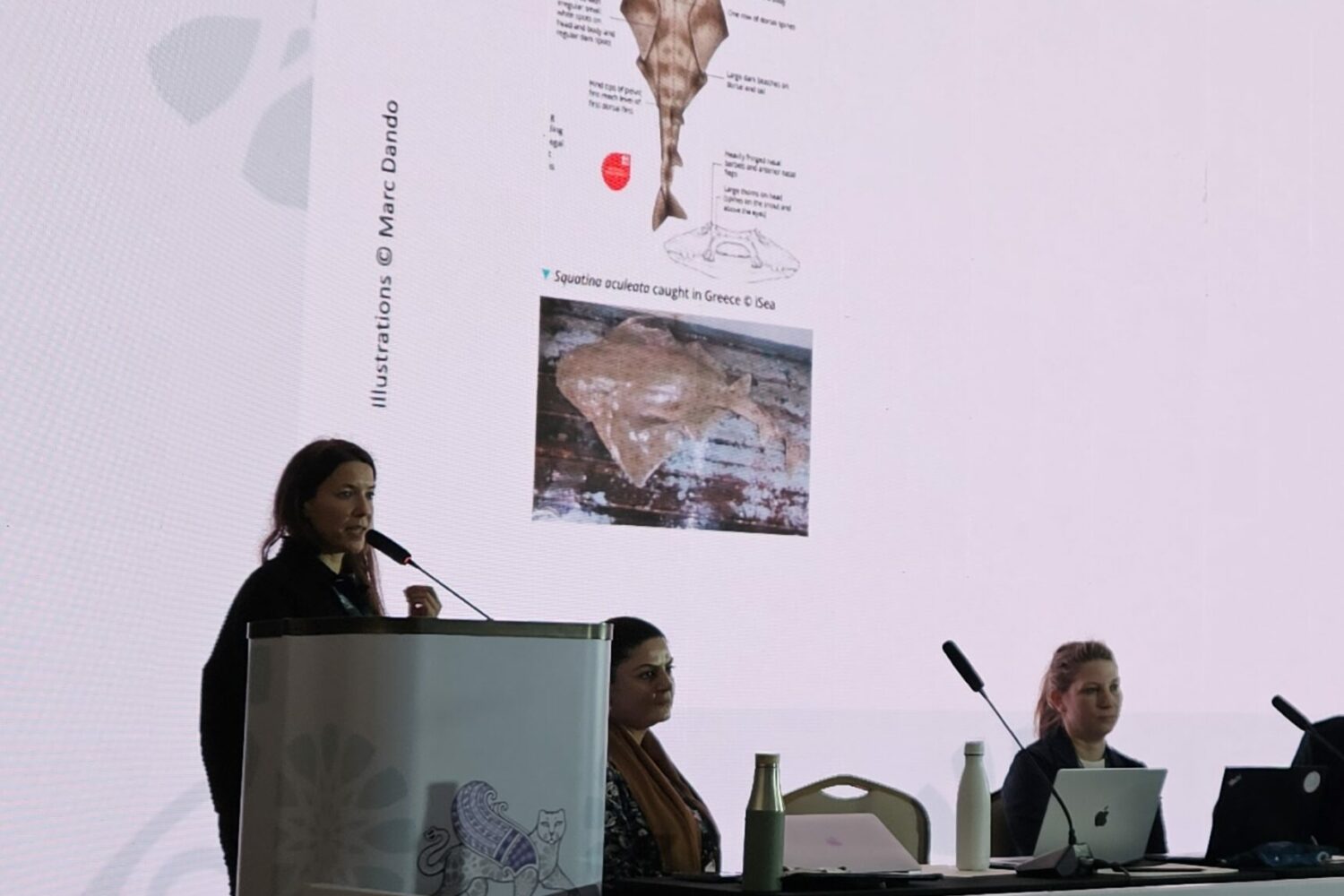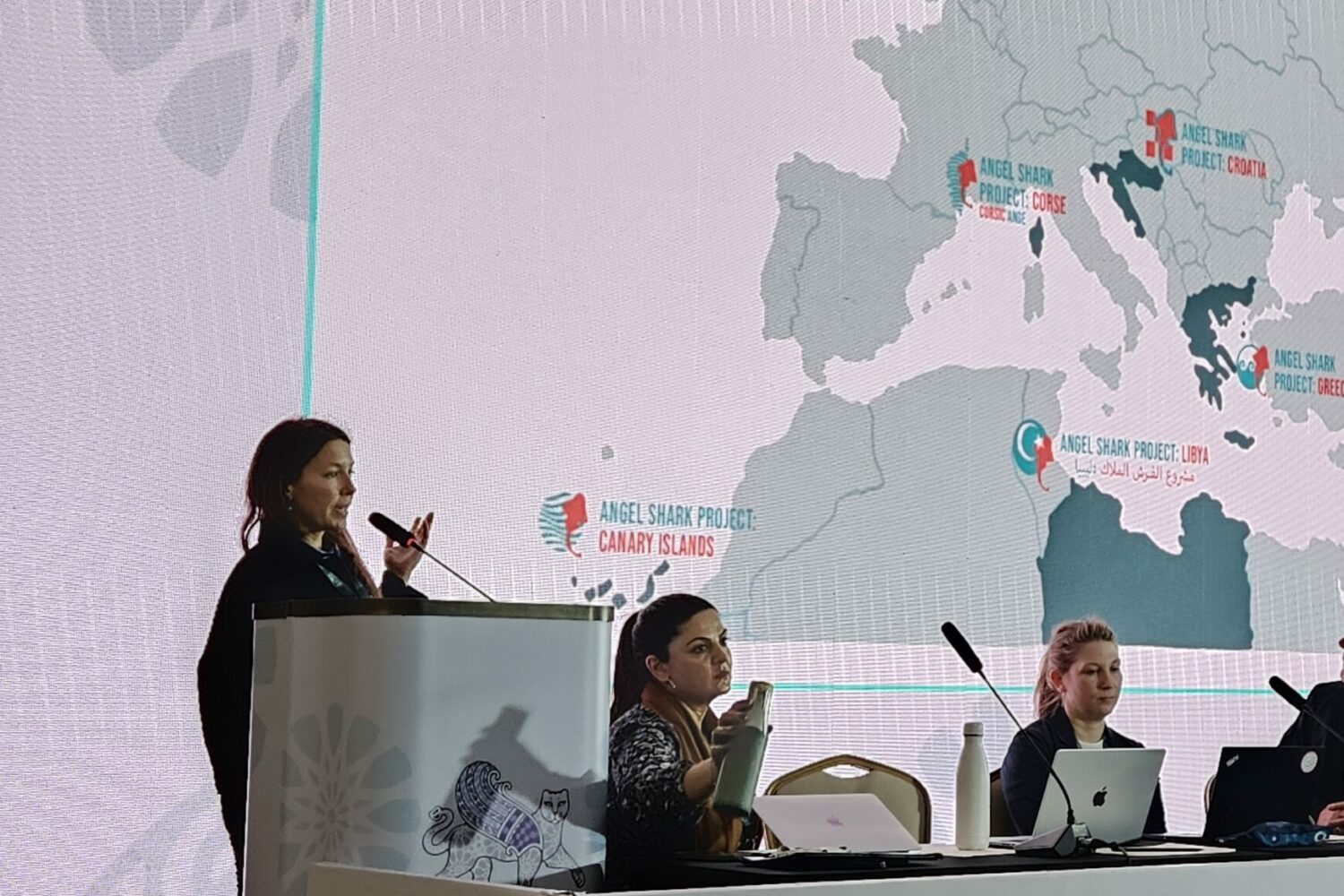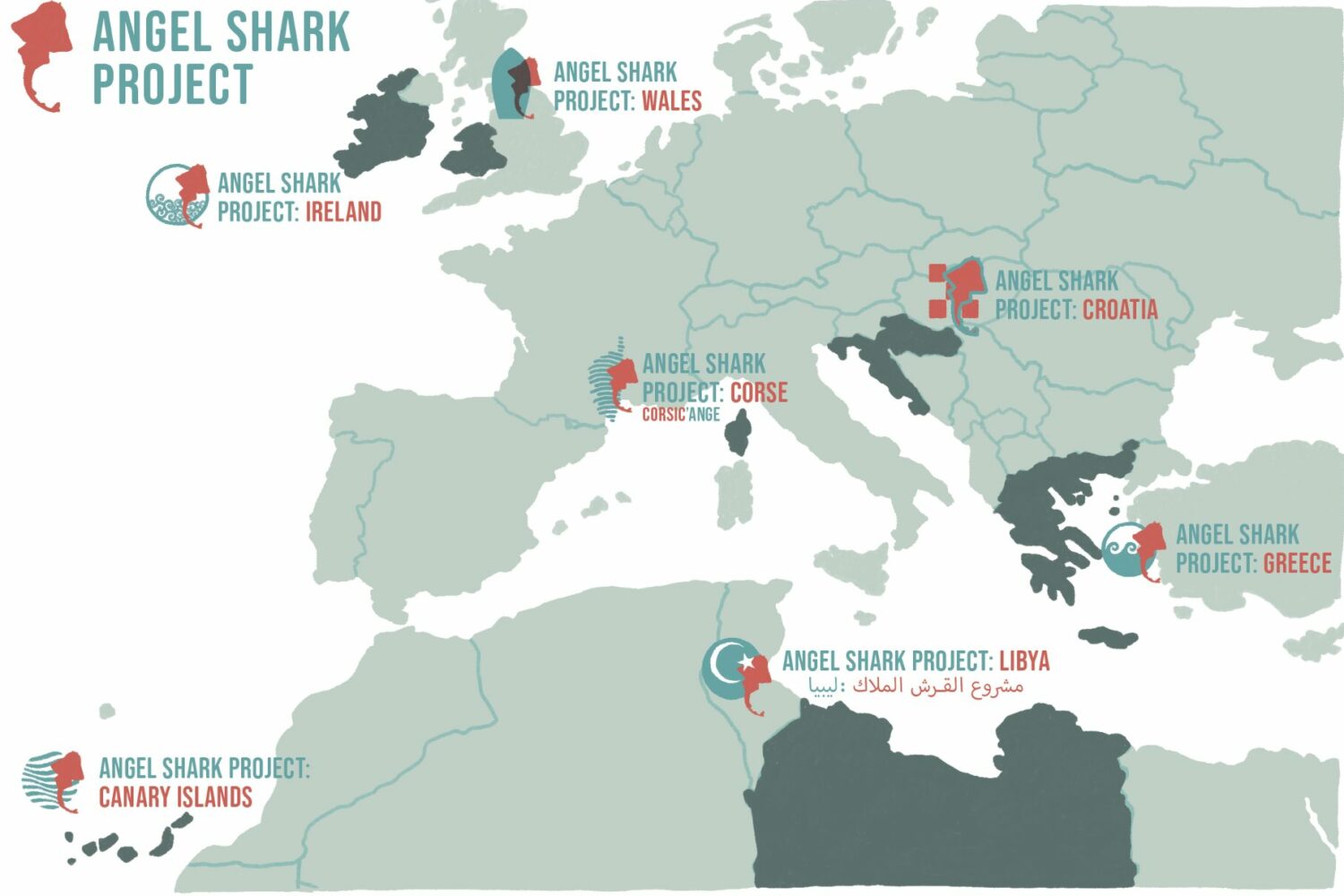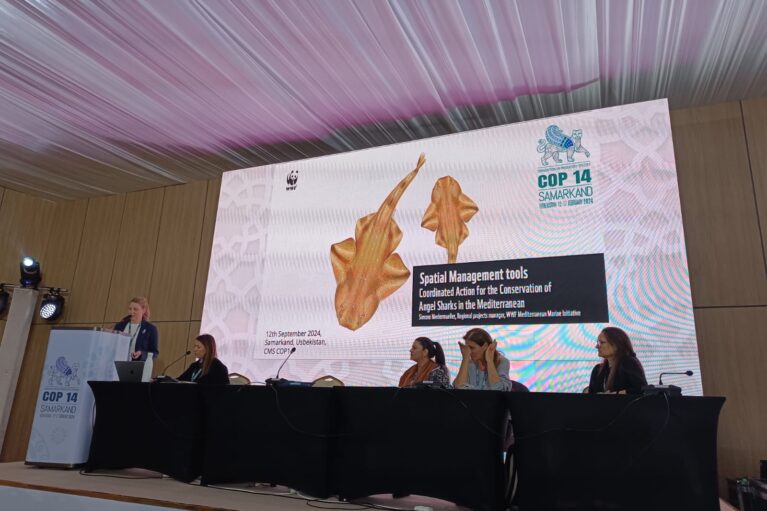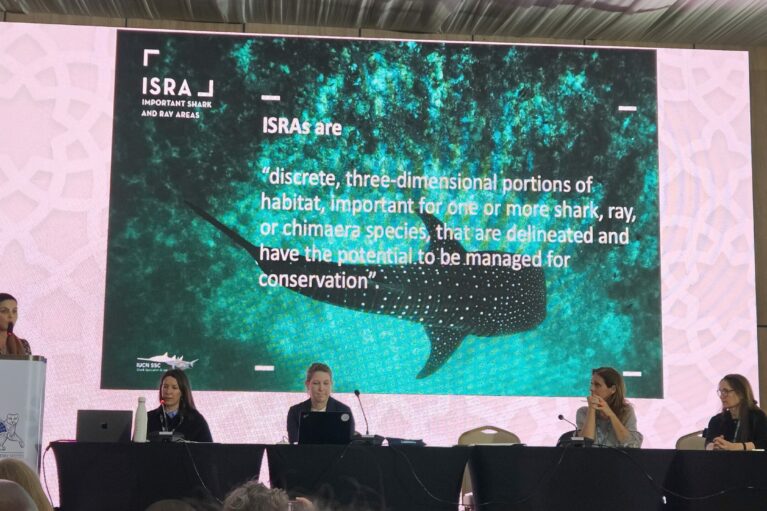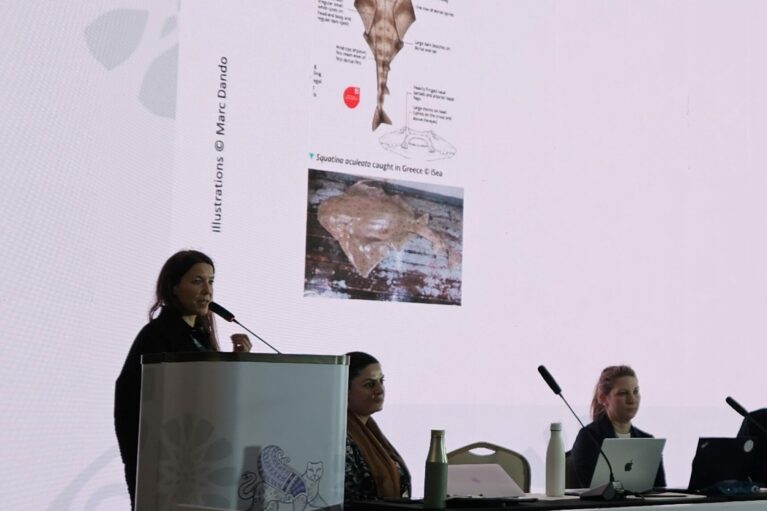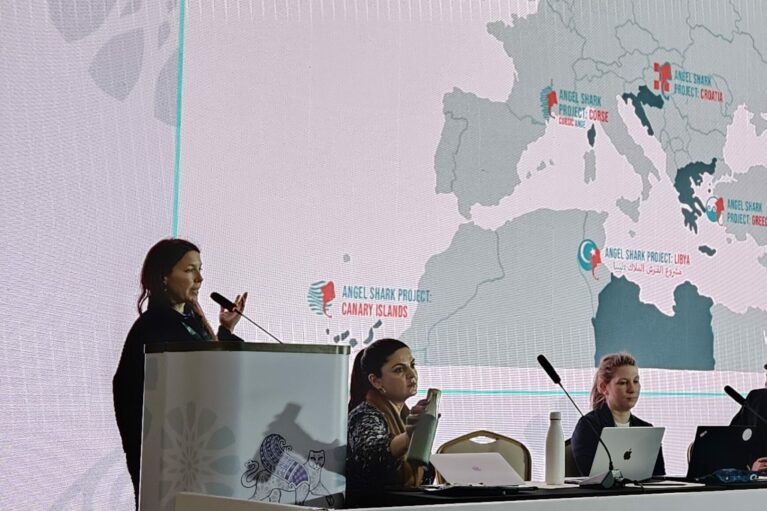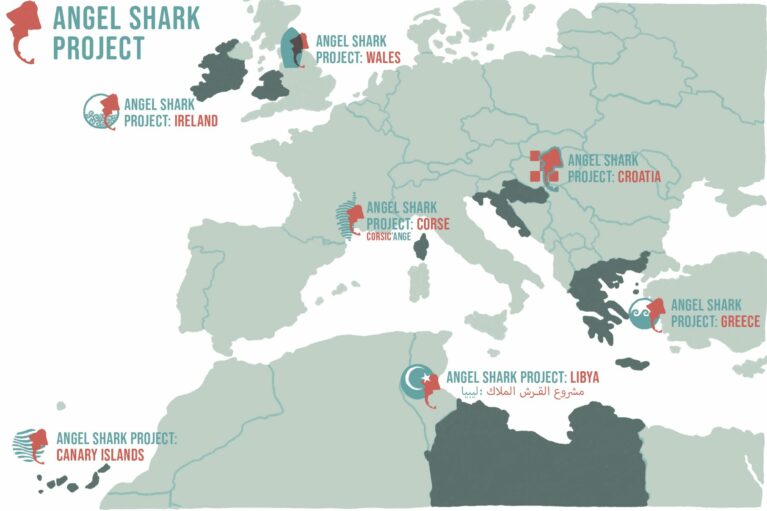Single Species Action Plan for Angelsharks in Mediterranean Sea implemented
The plight of many shark species falls on their migratory habits – their vast circumnavigation of the globe – which exposes them to a suit of pressures throughout their journey. It is estimated that between 63 and 273 million individuals are killed each year, contributing to the decimation of a taxonomic class. Thus, the UN Convention on the Conservation of Migratory Species of Wild Animals (CMS), an international agreement that aims to conserve migratory species throughout their ranges, has included several shark and ray species on their Appendices. Species on CMS Appendices are considered either endangered or have an unfavourable conservation status. There is great power in the small efforts of many, and this is the retelling of an achievement brought about by a dedicated group of government representatives, members of the Advisory Committee of the CMS Memorandum of Understanding for the Conservation of Migratory Sharks (CMS Sharks MOU), NGOs [EM1] and SOSF project leader, Eva Meyers – the Co-founder of the Angel Shark Project.
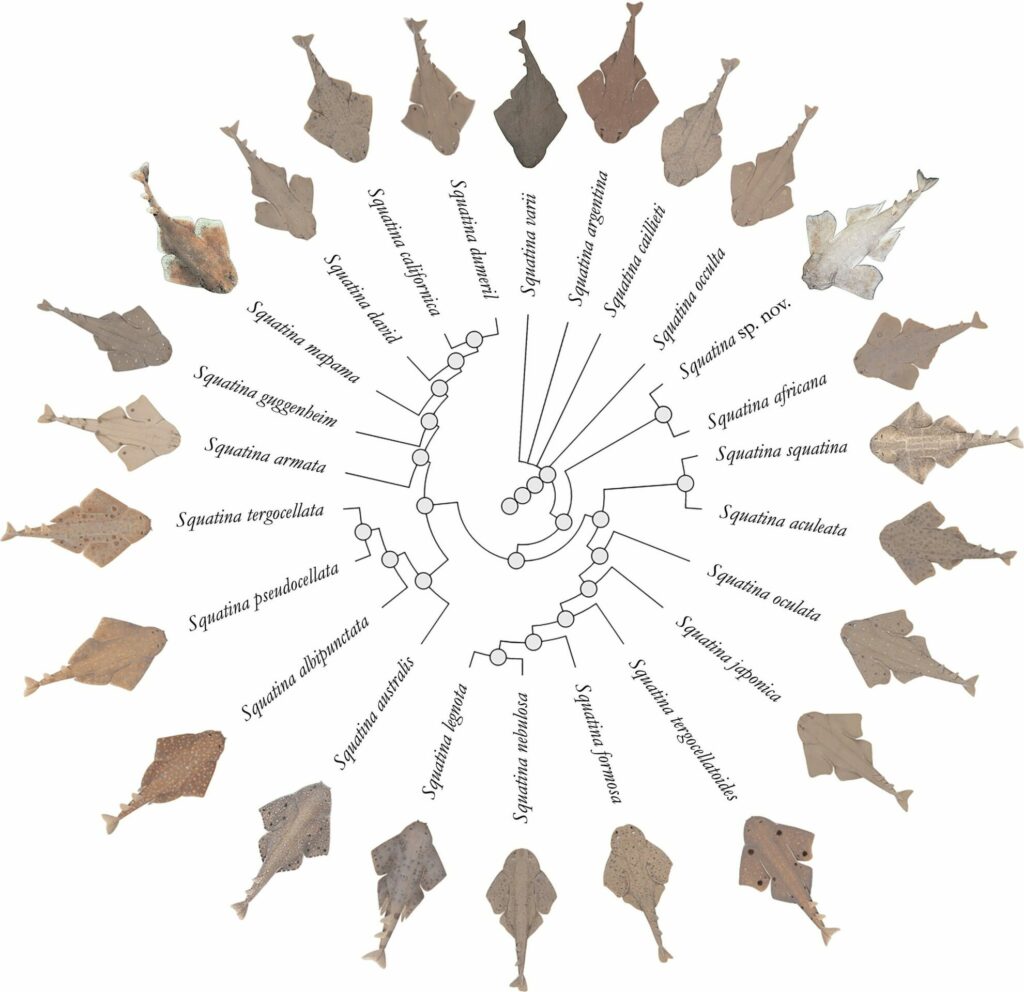
Angel sharks are flat-bodied sharks which can grow up to 2.4m in length and are normally found submerged in sandy habitats in coastal waters. Angel sharks (Squatinidae) rank as the second most threatened family of elasmobranchs (sharks, skates and rays) in the world. There are 23 valid species worldwide. Graphical abstract taken from published paper: Weigmann, S., Vaz, D. F., Akhilesh, K. V., Leeney, R. H., & Naylor, G. J. (2023). Revision of the Western Indian Ocean Angel Sharks, Genus Squatina (Squatiniformes, Squatinidae), with Description of a New Species and Redescription of the African Angel Shark Squatina africana Regan, 1908. Biology, 12(7), 975. https://doi.org/10.3390/biology12070975
Angelsharks (Squatina squatina), belonging to the family Squatinidae, have faced significant population declines globally. Over the past 50 years, over 80% of these populations have been lost to over-fishing, by-catch and habitat loss in the Northeast Atlantic and Mediterranean Sea. In some areas, these pressures have slowly eroded populations into extinction. Because of this, the Angelshark is assessed as Critically Endangered on the IUCN Red List of Threatened Species. and has been listed on CMS Appendices I and II. For almost a decade now, the Angel Shark Project and Partners procured a frontier that will prevent the tragic loss of this species, fashioned by legislation, management, research, and awareness initiatives across its range.
Photo © Carlos Saurez | Océanos de Fuego
During the 14th Meeting of the Conference of the Parties to CMS (COP14), which convened in Samarkand, Uzbekistan in February of this year, the Single Species Action Plan for the Angelshark in the Mediterranean Sea (SSAP Angelshark Med) was formally adopted.
With this action plan, countries have an opportunity to implement concrete conservation action to ensure that this threatened shark is safeguarded in one of its last remaining strongholds, the Mediterranean Sea“
– Eva Meyers
This plan is the product of a decade-worth of work, supported by SOSF from the initial stages, which has since grown into a mighty, global network, known as the Angel Shark Conservation Network (ASCN).
Some of the work that will stem from SSAP Angelshark Med is the identification of critical habitats for Angelsharks in the Mediterranean Sea, falling under the identification of Important Shark and Ray Areas (ISRAs), led by the IUCN SSC Shark Specialist Group.
If it weren’t for the efforts of Eva, and the many other individuals who have dedicated themselves to the protection of these sharks, we would not be able to tell this successful conservation story.
If it weren’t for the efforts of Eva, and the many other individuals who have dedicated themselves to the protection of these sharks, we would have lost these ocean angels many years ago.
